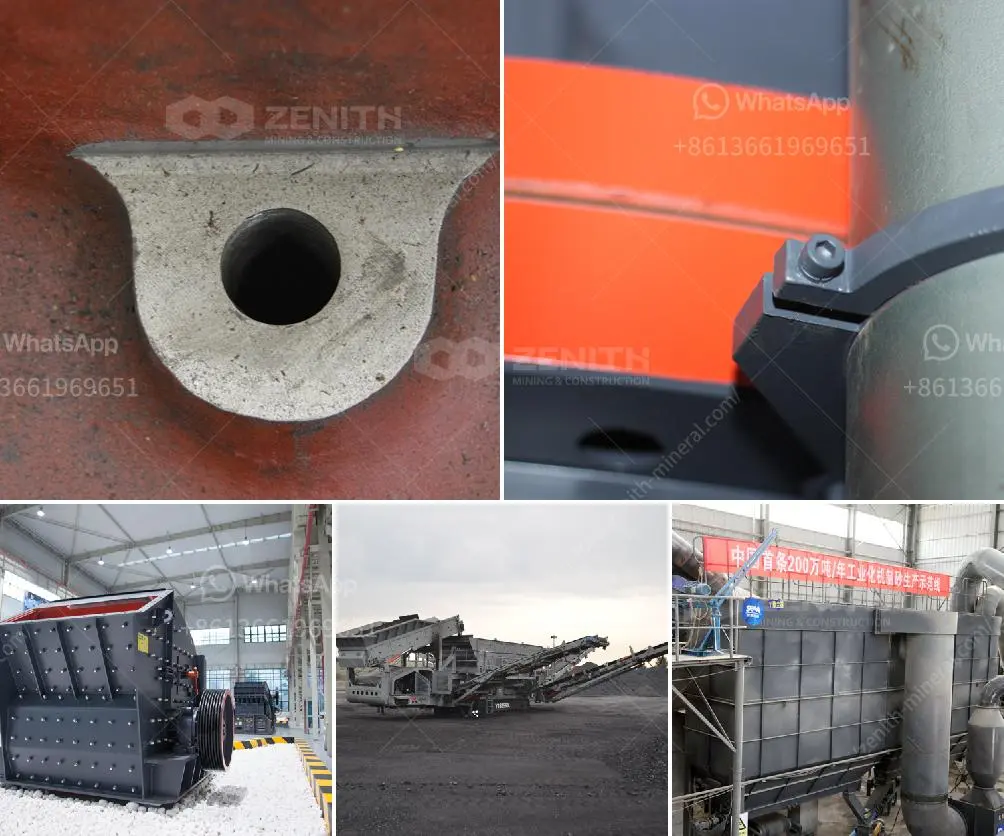The feed size is a critical factor in determining the efficiency and output quality of a stone crusher. Here's how the feed size affects the final production:
Crusher Capacity: Feed size directly influences the crusher's capacity. A larger feed size can reduce the overall capacity because more processing is required to break down bigger rocks. Conversely, a smaller feed size generally leads to increased capacity as the crusher can process more material within the same timeframe.
Reduction Ratio: The reduction ratio, which is the ratio of the feed size to the product size, is crucial in determining the efficiency of crushing. Larger feed size often requires more stages of crushing to achieve the desired final product size, which can lower efficiency and increase energy consumption.
Wear and Tear: Larger feed sizes can increase the wear and tear on crushing equipment. Bigger rocks exert more force and cause more abrasion on crusher components, resulting in more frequent maintenance needs and potential downtime.
Product Size Distribution: The feed size affects the size distribution of the final product. With a larger feed size, there's a higher chance of producing oversized aggregate that may require re-crushing, which affects productivity and uniformity in size distribution.
Energy Consumption: Larger feed sizes can lead to higher energy consumption as more energy is required to break larger particles. Smaller feed sizes generally mean less energy is needed for the crushing process.
Choke Feeding: Crushers are often designed to operate under conditions where the feed size is controlled to enable choke feeding. When the feed size is too large or inconsistent, choke feeding becomes difficult to maintain, resulting in reduced efficiency and increased wear.
For optimal performance, it's important to match the feed size to the crusher’s design parameters and to ensure consistent feed rates. Adjusting the feed size can help improve the balance between throughput and product quality, leading to more economical and efficient operation.
